“You are suffering from what we call an ‘Alice in Wonderland’ effect,” Dr. Sankar informed me as I climbed out of a rabbit hole. I was late for a very important date to discuss my sleep (or lack thereof). “When you fall asleep,” he continued, “your thoughts race, and you think: What should I be doing? What do I need to do? Where am I? Where am I going?“
I had fallen head-first into another wonderland: Ananda in the Himalayas. Located in the foothills of the Himalayas in northern India, Ananda – which translates to “happiness” in Sanskrit – is a world-renowned holistic retreat that towers above the bustling city of Rishikesh and the sacred Ganges River. Known as “the yoga capital of the world,” Rishikesh is paved with ashrams and temples along its waterfront; it is also the genesis of the Beatles’ White Album. The band stayed in an ashram here in 1968 while learning the art of transcendental meditation, the spiritual surroundings igniting a fruitful period of songwriting, the yield of which included “Blackbird,” “Back in the U.S.S.R” and “Mother Nature’s Son.”
Ananda is 1,100 meters above Rishikesh, a world away from the clamor and chaos of the streets snapping at its heel. The retreat has a reputation for sheltering the rich and regal among its 100 acres of sal forest. During the Maharaja of Tehri-Garawal’s reign, the Viceregal Palace (now the main reception building of Ananda) hosted many famous heads of state, including Lord Mountbatten, the last Viceroy of India. Since transforming into a destination spa in 2000, its guests have included much of the glitterati, including Oprah Winfrey, Bill and Melinda Gates, Nicole Kidman and even the then-Prince Charles and the Duchess of Cornwall.
Still, at Ananda, any emperors’ new clothes are replaced with white cotton kurtas, signature pajamas guests wear as they slink between yoga sessions in the outdoor pavilion, treatments at their exceptional spa and evening lectures on Vedantic philosophy. The retreat has a holistic approach to wellness aimed to restore the balance between the mind, body and spirit through Ayurveda, one of the world’s oldest medical disciplines. Programs range from stress management (their most popular), hormonal balancing, weight loss and infertility to, you guessed it, insomnia.
Deep sleep has never been my forte, but the past month the quality of mine had deteriorated rapidly. A sudden bereavement, coupled with a series of other unfortunate events, had engulfed me in a cycle of sleeplessness – bouts of sleep paralysis, vivid nightmares and swarm after swarm of thoughts, like cicadas trapped in a jar. It wasn’t falling asleep that was as much the issue as staying asleep. I had tried everything under the moon to assuage matters: magnesium, rain sounds, CBD, no screens, blackout curtains and counting sheep by the hundreds, thousands, millions. No dice.
When I arrived at Ananda to try their Sleep Enhancement Program, I hoped to be turned into a functioning narcoleptic so I could sleep anywhere: buses, trains, concerts, in coffins standing upwards. But Ananda’s approach is far from a Band-Aid fix; they dive deep into the architecture of the body and mind. Before my stay, I had a one-on-one Zoom consultation with one of their physicians following a meaty questionnaire designed to examine my habits and personality traits.
On arrival, Dr. Sankar, who was to be my Ayurvedic doctor throughout my stay, quickly identified me as a vata type – one of the three Ayurvedic doshas (body type). Vata is the quick-thinking, creative dosha, known for its energy and dynamism but also its poor digestion, high anxiety and disturbed sleep. “Each person is a new project in Ayurvedic medicine,” he informed me. “You wouldn’t run a truck on the engine of a Ferrari. They need different motors to function.”
All I knew was that I had run out of fuel. Following his assessment and diagnosis, my program was assembled like a collage, filled with yoga and pranayama (breathwork), meditation, back-to-back massages and emotional therapy. Across my seven-day stay (most will stay for the full 14 or 21 days), physicians, doctors and therapists worked in concert to understand the root cause of my insomnia.
A big part of my program would be finding balance through my diet. Menus are tailored according to doshas with a focus on seasonal food low in fat, and high in grains. My penchant for salty snacks, coffee, cold drinks and erratic meal times had thrown things off-kilter, so my vata diet banned sugar, coffee and raw foods, focusing instead on warm, grounding meals: saffron porridge with ghee and walnuts, steamed fish tucked up in banana leaves, flavor-packed coconut vegetable curries and homemade semolina gnocchi with eggplant caponata. One thing you will not do here is starve.
All the dishes were elevated by seasonal herbs and vegetables grown mere meters away. Kali, one of the horticulturists, told me they have a herb for every type of tea and every ailment here, from celery (for liver), lemon balm (for diabetes), nut grass (for toothache) to Chitral (for headaches). Take that, Big Pharma.
Days are filled with customized treatments at their 24,000-square-foot spa run by a battalion of attentive and incredibly affable therapists. With 24 treatment rooms offering more than 80 treatments, there are a number of both international and Ayurvedic treatments, the highlights being the abhyanga massage, designed to regulate sleep patterns, a four-handed oil massage from the scalp to the soles. And the shirodhara, a classic Ayurvedic ritual of slowly pouring medicated oil on your forehead, which leaves you looking like you’ve just washed your hair in an oil rig (worth it).
With all this in mind, the gourmet cuisine and luxury treatments, it was easy – and tempting – to shut out the world and let the days pass you by. After all, it’s rare to find the time to practice the art of what the Italians call il dolce far niente, the sweetness of doing nothing.
Still, the highlight of Ananda is its prized location, surrounded by regions steeped in history, mythology and ritual. Several group activities were offered, such as the early-morning hike to Kunjapuri Temple, a sacred pilgrimage site in Uttarakhand. One day, our eclectic cast – comprising of a lead engineer from Silicon Valley, a rock star from Moscow and an interior designer from Mumbai – made a steep climb through mustard fields and mountain villages, festooned with orange and yellow marigolds. We began bridging cultural divides by exchanging stories of burnout, insomnia and stress and how Ananda has served as a means of much-needed respite.
When we reached the temple, we stopped in silence to watch the swifts balance in the air, unhindered by gravity. In the distance, the Garwhal Himalayan peaks stood like sentinels, a snail trail of thick snow just visible along their ridges. Red-faced monkeys slackened languidly across the temple’s rooftops, their eyes laser-focused on our baskets of votive offerings – coconut slices, oil, prasad. Standing on the panoramic terrace, observing the rhythms of nature in motion, we collectively exhaled. One hiker turned to me and said, “You have no idea how much I needed this; it’s been the most horrific of years.”
I then headed down to Rishikesh to observe the Ganga Arati, a sacred Hindu evening ritual performed on the banks of the River Ganges. It begins with young priests huddled around a white square, tossing barley, sesame seeds and grain into a fire that roars back at them. “The ceremony happens whenever there is something to celebrate to remove darkness from people’s lives,” Manish, my tour guide, whispers to me during the ceremony. “To celebrate weddings, a birth or a new business, we give offerings to the fire lord, and the smoke that rises from it is said to bring about positivity.” Tourists and locals sat shoulder to shoulder to sing Vedic chants while the young priests began to circle brass lamps filled with oil, the flames like fireflies in the inky black sky.
As we crossed back over the Janki Setu Bridge, passing slim cows with saggy necks, a plume of smoke bellowed up from a body being cremated on the riverbanks. Death is everywhere, and for someone dealing with the fallout of grief, seeing it be celebrated so outwardly was a reminder of life’s cyclicity, a strange means of closure. Manish and I talked about the concept of samsāra and how the continuing loop of life, death and rebirth is at the heart of everything here; there is no real beginning nor end. And that night, for the first time in months, I slept uninterrupted.
Towards the end of my trip, deeper nights made for lighter days, and I began to clock the sounds and sights of Ananda that had otherwise passed me by. One evening, at their sunset point, the plaintive whine of bagpipes began to close out the day as I watched the setting sun turn a furious pink, a bleeding pinprick in the sky. Himalayan bulbuls began to chime in with their range of notes, trills and whistles. The air is so crisp and clear here that you can study the songbirds on a forensic level: their punk-like flocks of hair, pale yellow undersides and earthy brown crest feathers. Everything was suddenly in HD.
I left Ananda wanting to bottle up these sights and the soporific sounds to keep under my pillow as a sedative. While a week would never be enough to address the deep-rooted issue of insomnia, I left armed with ways to restore balance in my every day, ways to seek out calm among the chaos. But like Alice emerging from Wonderland, I couldn’t shake off the feeling that it was all a lucid dream, but even if that were to be true, one thing was for sure: I had slept.
Saffron was a guest of Ananda on their Sleep Enhancement Program for seven nights.














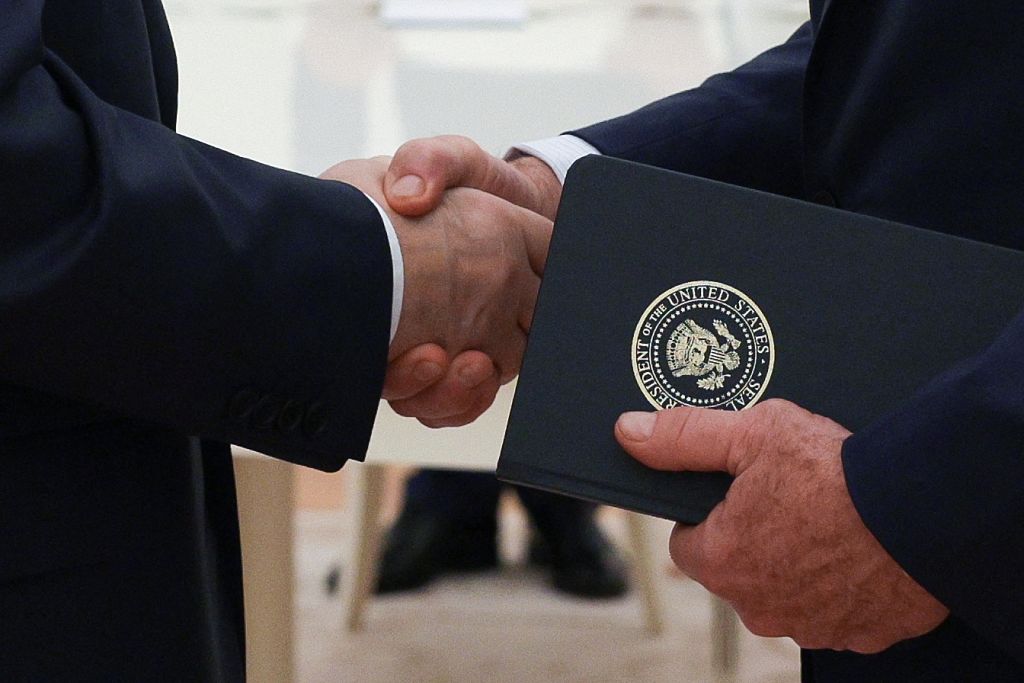

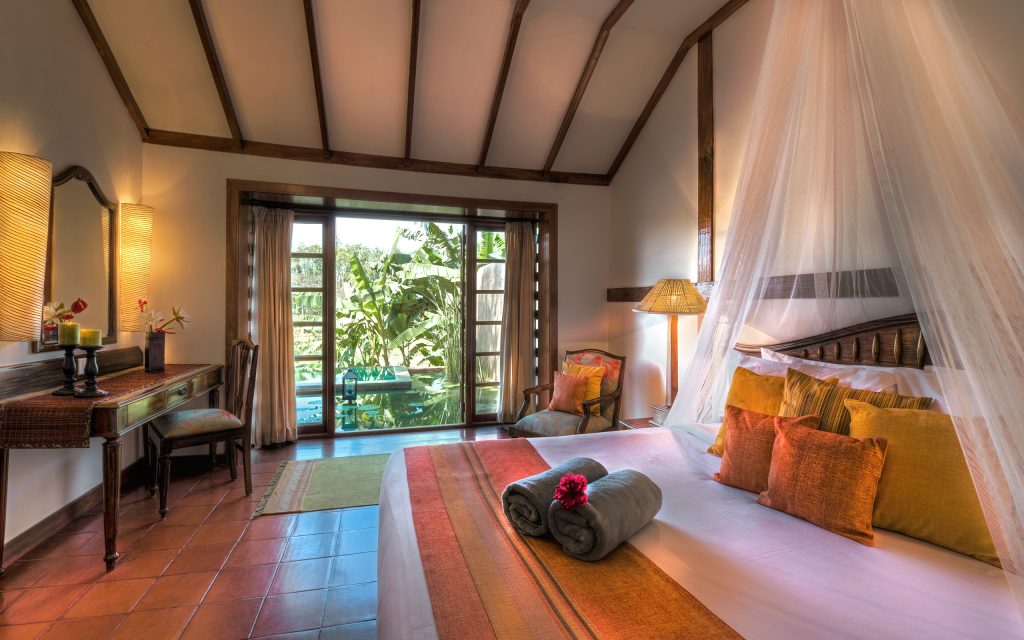

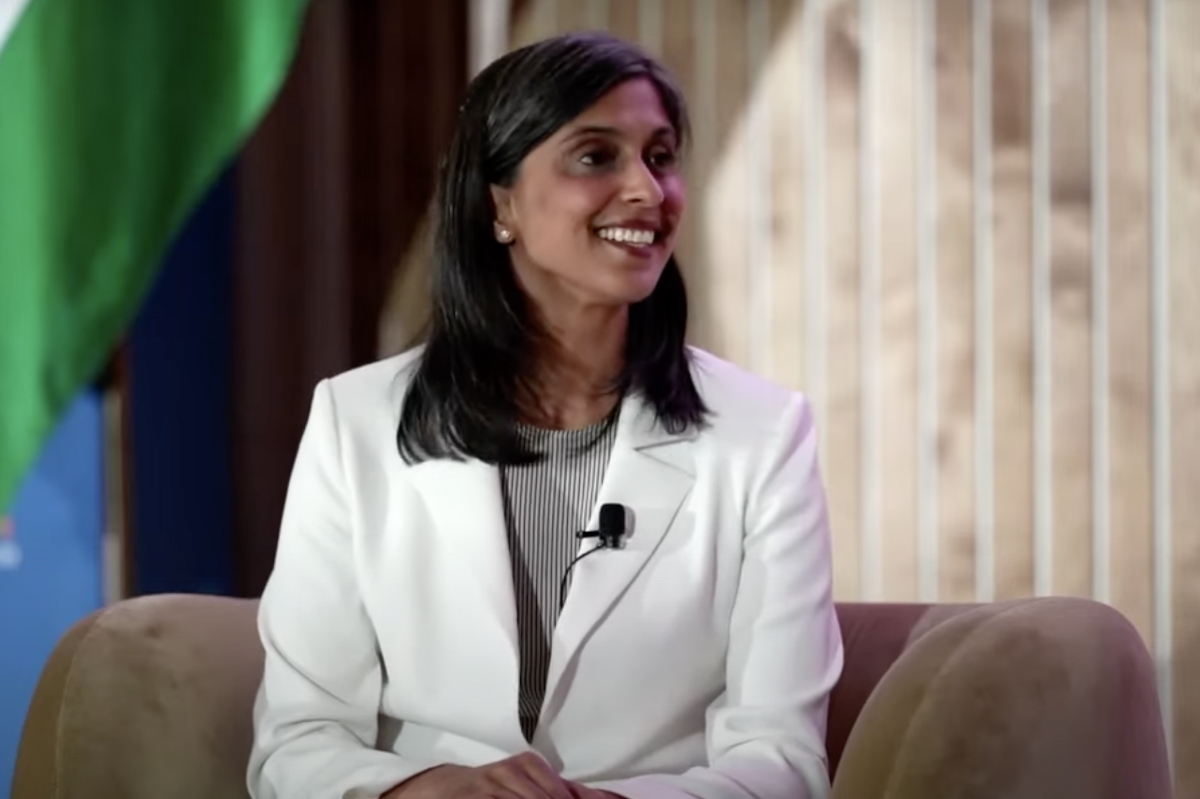

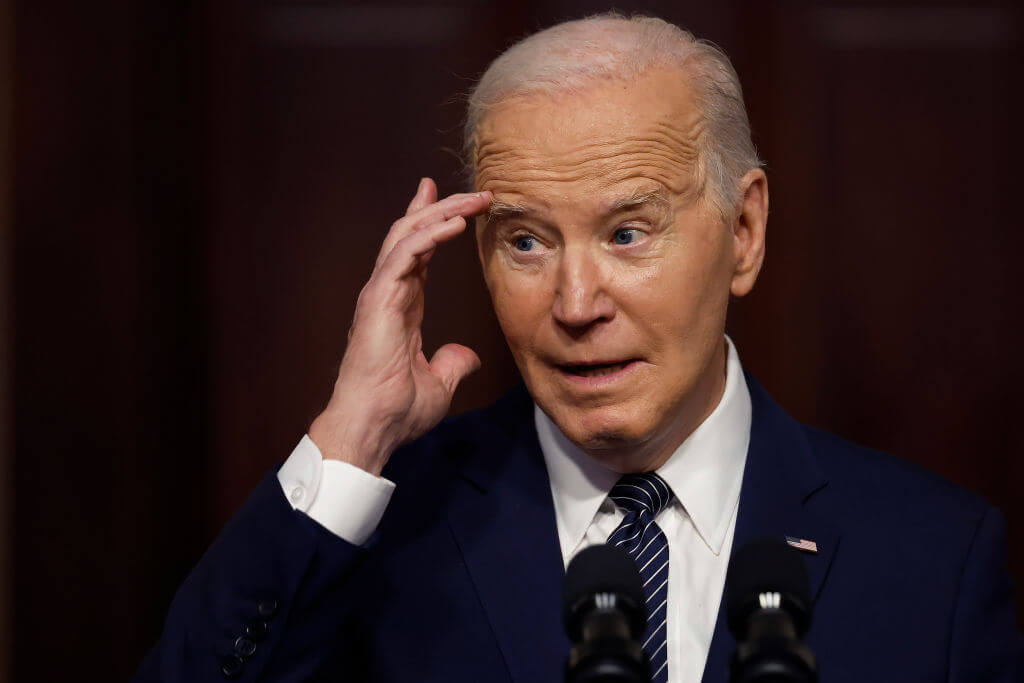



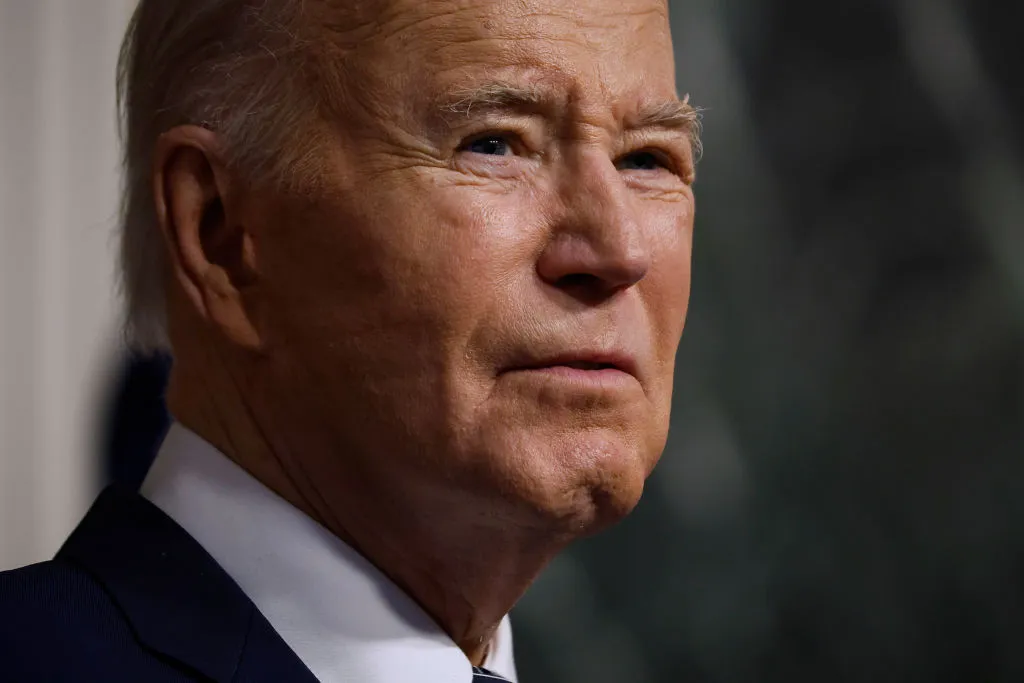

Leave a Reply